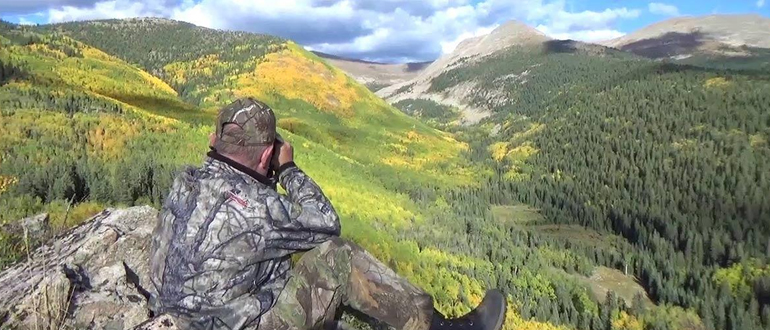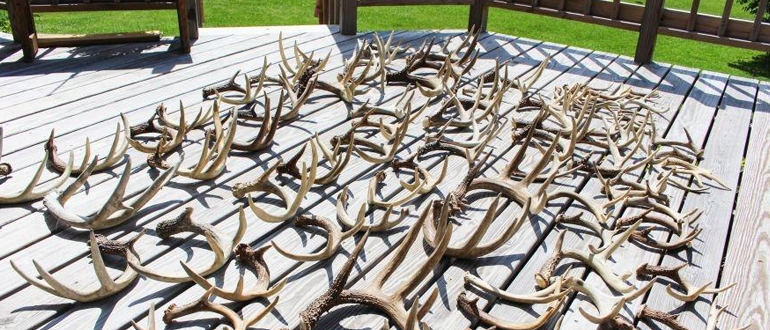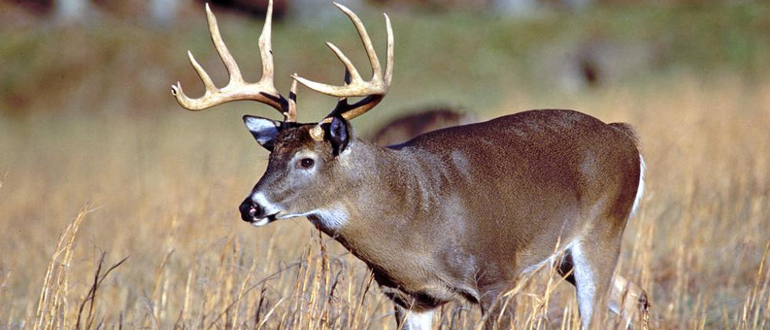
Is Hunting Animal Cruelty? In the clash between urbanites and rural traditions lies a contentious debate: the ethics of hunting. For many city dwellers, disconnected from the rhythms of nature and rural life, hunting is often seen as synonymous with animal cruelty—a practice to be condemned rather than understood. However, beneath the surface lies a complex tapestry of ethics, conservation, and the delicate balance of ecosystems.
In this article, we delve into the complexities of hunting ethics, exploring its role in wildlife management and habitat conservation. From the importance of population control to the nuances of sex ratios and age structures, we uncover the multifaceted relationship between the gun and the land it serves to protect. Join us as we navigate the ethical landscape of hunting—a terrain where tradition meets conservation in a delicate dance of responsibility and respect.
Understanding the Debate: Is Hunting Animal Cruelty?
The Role of the Gun in Hunting Practices

The role of the gun in hunting practices is integral to effective wildlife management, especially for maintaining balanced deer populations. According to the National Shooting Sports Foundation, hunting plays a crucial role in preventing the overpopulation of white-tailed deer, which can lead to severe ecological and health consequences.
Wildlife cannot be stockpiled; overabundance can result in nature taking a harsh toll. Harsh winters can decimate oversized deer herds, leading to starvation, increased predation, and the spread of disease. This often results in a weakened herd, with far fewer deer than if hunters had managed the population.
Research indicates that a healthy deer herd, well-sized for its habitat, can sustainably lose up to 40 percent of its population annually without adverse effects. However, hunters typically harvest only around 15 percent, far below the sustainable limit. Without hunting, deer populations can double within two years, quickly exhausting food resources and leading to mass die-offs.
Hunting, when regulated with proper seasons and bag limits, is a key tool in wildlife management. It ensures that hunters take only the surplus, preventing overpopulation and maintaining a healthy balance in the ecosystem. Thus, the use of guns in hunting is not just a sport but a vital practice for conserving wildlife and ensuring ecological stability.
Harvest the Right Deer

Hunting, as a form of culling, is essential in maintaining healthy wildlife populations and should adhere to a strategic management plan. The Texas Parks and Wildlife publication, White-Tailed Deer Management in the Rolling Plains of Texas, provides valuable insights into effective deer management practices. A well-defined management plan starts with clear goals, such as maintaining herd health, providing hunting opportunities, or running a hunting enterprise.
Effective deer management involves regularly collecting and analyzing survey data and harvest records. This data includes deer numbers, age structure, sex ratio, nutrition, and productivity, enabling managers to make informed decisions about harvest strategies. Such strategies help achieve management goals and ensure sustainable herd health.
The number of deer harvested each year depends on various factors, including habitat carrying capacity, fawn production and survival, adult mortality, and the buck-to-doe ratio. Managing mature bucks with quality antlers requires allowing bucks to reach 5½ to 6½ years of age, typically involving a conservative annual harvest of 15 to 20% of the buck segment. In contrast, areas with high deer densities may necessitate a more liberal doe harvest of 20 to 30%.
Quality habitat management is vital for producing mature bucks with impressive antlers, requiring a balance between forage supply and deer numbers. Maintaining an appropriate buck-to-doe ratio, generally one to two in high-density areas and one to three in lower-density areas, ensures a healthy, sustainable population.
Ethical hunters and wildlife managers prioritize clean kills, ensuring instant death and minimizing suffering. Moreover, hunting fees support habitat conservation efforts, contributing to broader ecological benefits.
The Role of LandLeader
For those interested in responsible land management and hunting, platforms like LandLeader provide invaluable resources. LandLeader specializes in marketing rural properties, connecting buyers with ideal lands for hunting, agriculture, and conservation. LandLeader plays a crucial role in promoting sustainable wildlife practices and ethical hunting by facilitating the acquisition and management of these lands.
In conclusion, while hunting can be a contentious issue, it is important to understand its role in wildlife management. Ethical hunting, guided by well-defined management plans, supports healthy wildlife populations and sustainable ecosystems. For more information on sustainable land management and hunting opportunities, visit LandLeader, your trusted resource for rural land marketing.